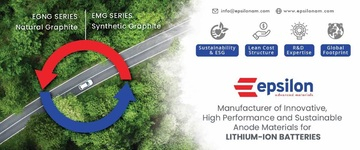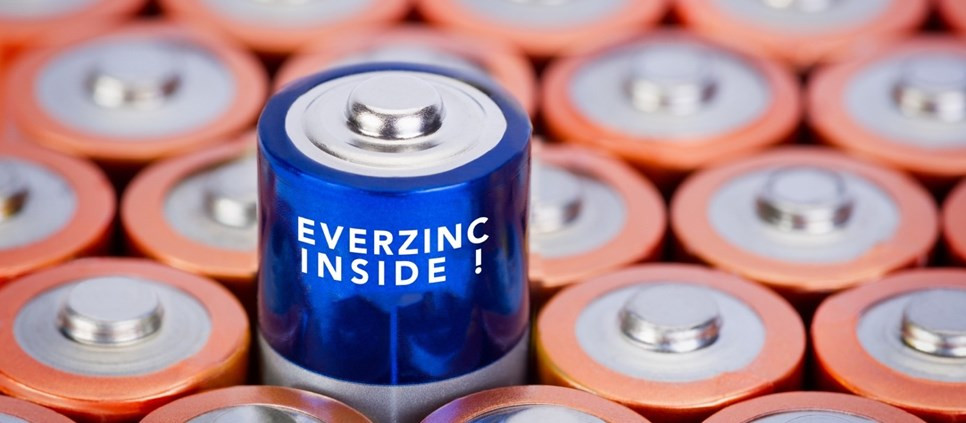ACC PLI: Real work starts now
We are releasing this issue when global leaders are getting together for COP26 to determine the accelerating implementation of clean technologies for addressing climate emergencies. The Indian government has provided a commitment for reaching 500GW of renewable energy deployments by 2030 with 50 percent of energy to be generated from renewables by 2030 as part of the path to achieve Net Zero emissions by 2070. The government earlier in October released RFP for Advanced Chemistry Cell (ACC) battery storage manufacturing in India – a move that will kickstart 50 GWh ACC battery manufacturing in the country within the next five years.
India Energy Storage Alliance (IESA), its member companies, and several industry stakeholders have long advocated for and awaited the prioritization of ACC battery storage manufacturing. This is because, currently, all the demand for advanced batteries in India is being met through imports. With the ACC PLI Scheme, India will be able to cut import dependence and increase local value addition in the electric transportation and renewable energy sector, which is undergoing a rapid transition.
Currently, a global race for setting up Giga factories is well underway, with Europe and United States making impressive strides, creating their regional battery champions rivaling the Asian incumbents. With the ACC Scheme, India's domestic industry now has an opportunity to become a part of the global ecosystem.
The PLI scheme envisages setting up a cumulative manufacturing capacity of 50 GWh for ACCs (individual facility of 5 to 20GWh annual production capacity). An additional capacity of 5GWh for niche ACC technologies with a minimum threshold capacity of 500MWh. While 50 GWh is the right way ahead, IESA believes that India should aim for a minimum 20GWh capacity by 2025, 50GWh by 2027, and 100GWh by 2030.
In addition to Giga factory investments, India must now focus on localizing the supply chain and strengthening international partnerships. Partnerships, which not only assure the exchange of materials or resources but also the transfer of technology and know-how. China has been quite successful in forging these partnerships and India could learn from the Chinese experience.
At present, China dominates the Li-ion battery supply chain. Studies point that China's success is attributed to several factors – from its large domestic battery demand, control of 80 percent of refining of the battery raw material, 75 percent of the world's cell capacity, and 60 percent of the world's component manufacturing.
With the ACC program, India needs to seize the opportunity to lead in battery and component manufacturing.
To leverage this opportunity India needs to address some of the barriers. We must build strong industry-academia partnerships; nurture a technically skilled labour force; and develop a robust, independent, and honest evaluation process. We also need to focus on safety and green recycling.
Today, we are closer to achieving our dream of making India a global hub for R&D, manufacturing, and adoption of advanced energy storage technologies. But we still have a long way to realize this dream together. This reminds me of a quote by Dr. APJ Abdul Kalam – 'Dream Dream Dream, Dreams transform into thoughts, and thoughts result in action.'














